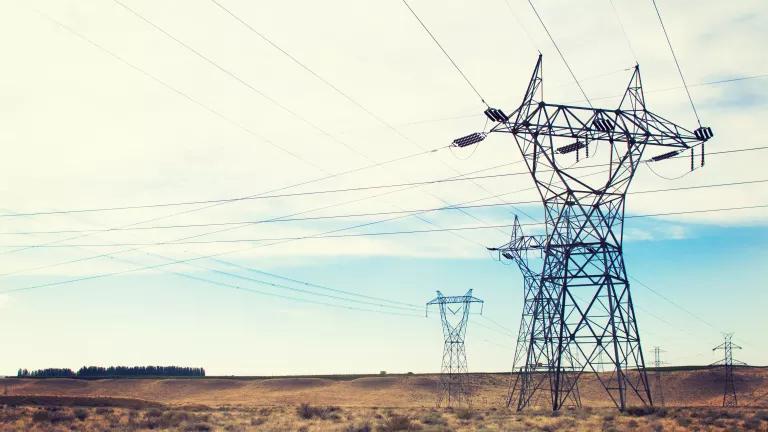
Automakers can meet 2025 carbon pollution and fuel economy standards with known technologies, on time, and at the same or lower cost than previously estimated, a new study confirms. The Obama administration report finds a host of new innovations and faster than expected penetration of existing technologies is helping to lower the cost of compliance. These technologies include Mazda SkyActiv and Atkinson cycle engines, 48-volt hybrid systems, 10-speed transmissions, and increased cylinder deactivation.
The report shows that continuing to strengthen standards is working to save consumers money at the pump, cut tailpipe pollution, and ensure a more competitive U.S. auto industry.
For model years 2017 to 2025, the average of the agencies’ estimates--$1,600--is substantially lower than the previous, inflation-adjusted estimate of $1,940. We calculate that consumers will save almost $4,000 over the life of the vehicle, including the increased purchase prices.
The new study, called the Draft Technical Assessment Report, is a joint analysis by the U.S. Environmental Protection Agency, the U.S. Department of Transportation’s National Highway Traffic Safety Administration, and the California Air Resources Board. The so-called “TAR” is part of the official Mid-Term Evaluation by the agencies to assess U.S. progress in meeting the 2025 carbon pollution and fuel economy standards.
A 2012 final rule requires the agencies to evaluate the second half of the current standards, from model years 2022 to 2025. The new study also allows readers to compare the new findings to the 2012 final rule for the full program, from model years 2017 to 2025.

Key Findings for Second Half of the Program--Model Years 2022-25
The key finding for the second half of the program is that the incremental cost for the second half of the program is the same or even lower than agencies previous estimates. The new study estimates the incremental cost compared to a model year 2021 baseline is $894 to $1,245 (in 2013 dollars), or an average of $1,070. The estimate from the 2012 final rule was $1,070 in 2010 dollars, which when adjusted to 2013 dollars, is $1,130.
Key Results for Full Program--Model Years 2017-25
Based on our analysis of the TAR, the key findings for the full model year 2017 to 2025 program are:
- Costs the same or lower. The increased cost to meet the 2025 standards compared to a model year 2016 baseline is also the same or lower as estimated in the 2012 final rule. The total increased cost from today’s levels (model year 2016) is $1,290 to $1,920 (in 2013 dollars), or an average of about $1,600. This is less then the inflation adjusted cost in the 2012 final rule of $1,940 ($1,836 in 2010 dollars used in the 2012 final rule).
- Large fuel savings. Based on TAR results, we estimate that even with lower oil prices, the 2025 standards will save drivers $6,130 in reduced gasoline bills over the lifetime of the vehicle, more than offsetting the incremental cost increase. The inflation adjusted fuel savings from the 2012 final rule was $7,900 ($7,400 in 2010 dollars) that used the higher fuel prices previously forecast (all assuming 3% discount rate).
- Large net savings. We estimate the net lifetime cost savings for the 2025 standards is $3,640 to $4,310, or about $3,970 using the average incremental cost, compared to the estimate of $5,340 (adjusted for inflation) in the 2012 final rule that used the higher fuel prices previously forecast.
Fuel Efficiency Driving Growth, Protecting Health
Current standards are working to strengthen our economy, save consumers money, and protect public health. The new joint agency report lays a solid technical foundation to continue strengthening carbon pollution and fuel economy standards, allowing the program benefits to grow even larger over time. The clean car program is a pillar of the U.S. plan to meet its international commitments to cut carbon pollution, and it’s a “must” for any administration committed to fighting global warming. With a wide—and growing—majority of Americans supporting efforts to curb climate change pollution, it's time automakers put their fuel efficiency programs into high gear.



